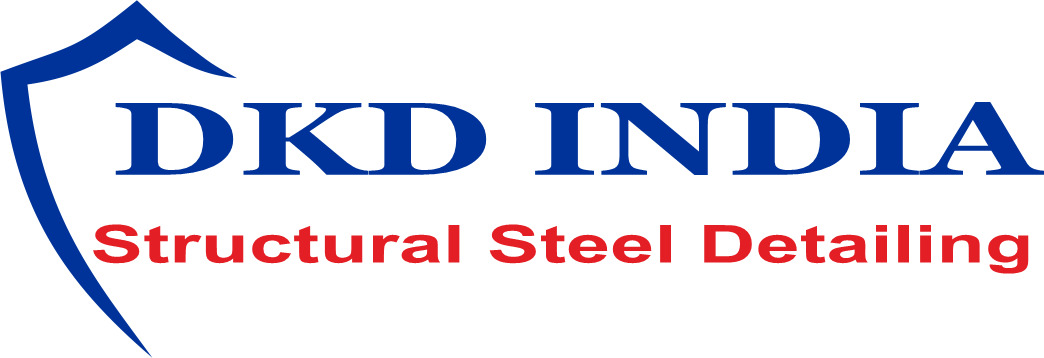Firstly, staff members resolve conflicts and then it’s the accountability of the group leader to handle conflicts and facilitate efficient communication to resolve issues. Have you ever questioned why it takes a while for a new staff to hit peak performance? In this text, we discuss the different stages of group development and the way leaders can guide their staff by way of these phases to extend collaboration. The 5 levels of team growth are forming, storming, norming, performing and adjourning. Experts sometimes discuss with the method as Tuckman’s phases of group growth, the group growth process, or the five phases of staff building. The storming stage is the most tough and significant stage to cross via.
Create an agenda and establish a document to track ideas and feedback in the course of the meeting. Share a hyperlink to these assembly notes afterwards so that everyone has access and can evaluation it later. Organize the agenda so that every staff member has five to 10 minutes to speak by way of their insights and ideas four phases of team development. Allow further time to review the ideas the staff shares and to answer questions. For your group to work collaboratively with few interruptions, they want instruments that operate intuitively and can save them time. Find instruments that don’t require hours of training and automate fundamental capabilities to get the job accomplished.
When leaders enable teams to kind and develop with unrealistic expectations or too little oversight, dangerous issues can occur. Conversely, when leaders acknowledge that every team wants a while and TLC to grow right into a practical unit, good things are most likely to comply with. Instead of letting group members battle it out in personal messages choose one of the best solution, be ready to invite them right into a chat room to supply recommendation or ask some key questions.

For teams that are working cohesively, there are nonetheless things you have to be acutely aware of. Navigating management for example is essential at this stage, and an excellent leader will assist ensure things keep moving forward. Team development is an ongoing process requiring steady effort and dedication from group leaders and team members. Should a conflict ever arise, your staff may also know what steps to take to get this conflict resolved. With a clear communication plan in place, your staff will know the way to talk about their issues with the rest of the group in a constructive method.
Play To Your Team Members’ Strengths
Clarity on the various avenues of communication permits group members to effectively get work done, understand their roles, and know the place to find the information they want about work. Establishing a communication plan might help you do all of this stuff in a means that’s straightforward on your group to comply with. In addition to establishing your team’s mission or objective, it’s also essential to set roles for individual group members. As you add people to the team, take observe of what qualities and abilities you’ll want to finish the project.

By growing your personal leadership expertise, you probably can mannequin collaboration greatest practices and help your team attain their fullest potential. Establishing group collaboration early on may help cut back the impression of—or even prevent—this stage of group growth. So when conflicts do come up, it’s essential to resolve them with efficient problem-solving as they arrive as an alternative of avoiding them.
Get Our Free Team Building Tool Field
Regardless of the length or success of a project, each group deserves a hearty affirmation of its concerted efforts. The adjourning part is a fantastic alternative for leaders to encourage long-term connections, reflect on the growth of the group, and rejoice the project closing. Almost all teams lack one or more of these standards in some unspecified time within the future of their tenure. Team improvement strives to fulfill these criteria with ongoing reflection and growth. Like any form of development, it takes time and dedication to be efficient.
- Performance norms are very important as a result of they outline the extent of work effort and requirements that decide the success of the group.
- People work better once they take pleasure in their work tradition, and people get pleasure from work more once they have groups they like working with.
- Experts sometimes check with the process as Tuckman’s levels of group development, the group improvement course of, or the five phases of group building.
- There remains to be a necessity for the team to give attention to each process and product, setting new targets as appropriate.
Some teams reach a stage of improvement by which they thrive at their particular person and collective tasks. The expertise of each member are fully optimized, supervision is almost by no means wanted, and members really feel a strong sense of belief in one another. As the actual work kicks in, the project may current both technical and interpersonal challenges. Individual work habits, leadership decisions, or lapses in communication may cause tension within a staff.
Steps To Create An Effective Onboarding Course Of
(We will talk about the role of battle and conflict resolution in the subsequent section). As the group begins to move towards its goals, members discover that the group can’t live up to all of their early pleasure and expectations. Their focus might shift from the duties at hand to feelings of frustration or anger with the team’s progress or course of. Members may categorical concerns about being unable to meet the group’s goals. During the Storming stage, members are attempting to see how the team will reply to differences and the method it will handle battle. Mr. Marcus sees Rina within the break room sixty days into the project and casually asks how issues are going with the team and the Banisher.
It’s essential to do not neglect that not all teams will linearly go through these levels, and it’s okay for groups to revisit earlier stages as needed. The key is to stay flexible and adaptive in your strategy to staff management, at all times preserving the team’s needs and goals in mind. In this stage of group growth, team members fall right into a rhythm as a cohesive taskforce. The skills of each member are validated and utilized to execute the required duties. While battle may still come up in this stage, it now not spirals into dysfunction.
They simplify the sequence and group the forming-storming-norming phases together as the “reworking” section, which they equate with the preliminary efficiency degree. This is then followed by a “performing” part that results in a new performance stage which they call the “reforming” part. “With group norms and roles established, group members concentrate on attaining common objectives, typically reaching an unexpectedly high degree of success.”[4] By this time, they’re motivated and knowledgeable. The group members at the moment are competent, autonomous and capable of deal with the decision-making process with out supervision. Dissent is predicted and allowed so long as it’s channelled by way of means acceptable to the group. Our 500+ ready-to-use meeting agenda templates make it simple to host project kickoff meetings, brainstorming periods, and more.
Adjourning/mourning
One of one of the best methods to cope with these points is simply by bringing your team collectively for a group dialogue and emphasizing clear communication. Having the team speak via their points calmly and respectfully is commonly sufficient to deal with them. Please observe that the data on our website is meant for basic informational purposes and never as binding advice. The info on our web site can’t be thought-about an alternative to legal and binding recommendation for any specific state of affairs. While we attempt to supply up-to-date and accurate information, we do not guarantee the accuracy, completeness and timeliness of the knowledge on our website for any objective. We are not responsible for any damage or loss arising from using the data on our website.
And with steady improvement, you’ll have the ability to hold these teams acting at their finest. Tuckman’s basis helps group leaders understand how staff dynamics change as a project progresses. By understanding the five phases of group improvement, you’ll have the ability to support your group as they’re getting to know one another to shortly enable collaboration and effective teamwork. In the adjourning stage, most of the team’s targets have been completed.
Teams with strong performance norms and high cohesiveness are high performing. Team members may feel a selection of concerns about the team’s impending dissolution. They could also be feeling some anxiety because of uncertainty about their individual role or future duties.
The team leader performs a vital function in recognizing and acknowledging the team’s efforts and providing closure to staff members. As you construct a model new team, hold the levels of group development in thoughts so you possibly can help individual staff members reach their full potential and collaborate collectively successfully. While there’s no one right way to help your group, strive these four methods to spice up your team’s cohesiveness.
Employees ought to feel happy and accomplished but may discover it troublesome to pay attention as they transition into new roles or onto new teams. Managers ought to acknowledge the upcoming transitional section dealing with their group and strive to maintain the group motivated as they complete ultimate duties. Once workers are accustomed to the dynamics of their new group, early excitement shifts to motion. Some staff members might understand that the team can’t live up to their initial expectations and shift their focus to issues they’ll change.
For example, a change in management may trigger the staff to revert to storming as the model new people challenge the prevailing norms and dynamics of the staff. The performing stage presents the right opportunity to check in with every employee to work by way of roadblocks, give suggestions, and focus on individual progress. At this stage, leaders should talk often with every team member to make sure expectations are clear and to keep away from slowing down their progress.
Regardless of the tools used for team growth, the process should be maintained through long-term consciousness. A staff is a bunch of individuals who work together toward a common objective. Each member of a team is efficacious to the frequent objective in their own way, utilizing a unique set of skills to satisfy a team function. Though this may sound straightforward https://www.globalcloudteam.com/ on paper, balancing individual and customary targets inside a team is kind of tough, especially in periods of stress, failure, or discord. Welcome to the world of remarkable teamwork, where success is not only a aim however a byproduct of strong relationships and cohesive collaboration. You’re about to find practical tricks to improve staff dynamics and strengthen interpersonal bonds, empowering your groups for unparalleled success.
